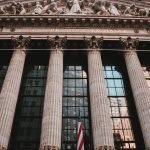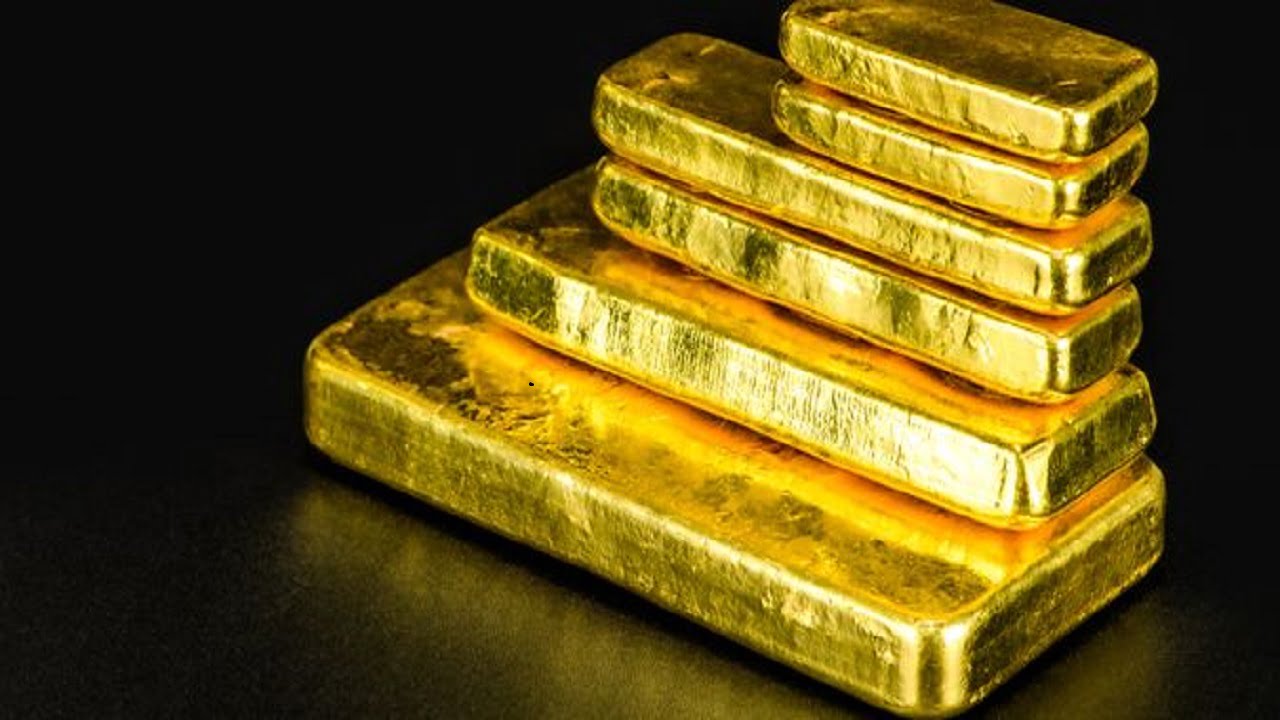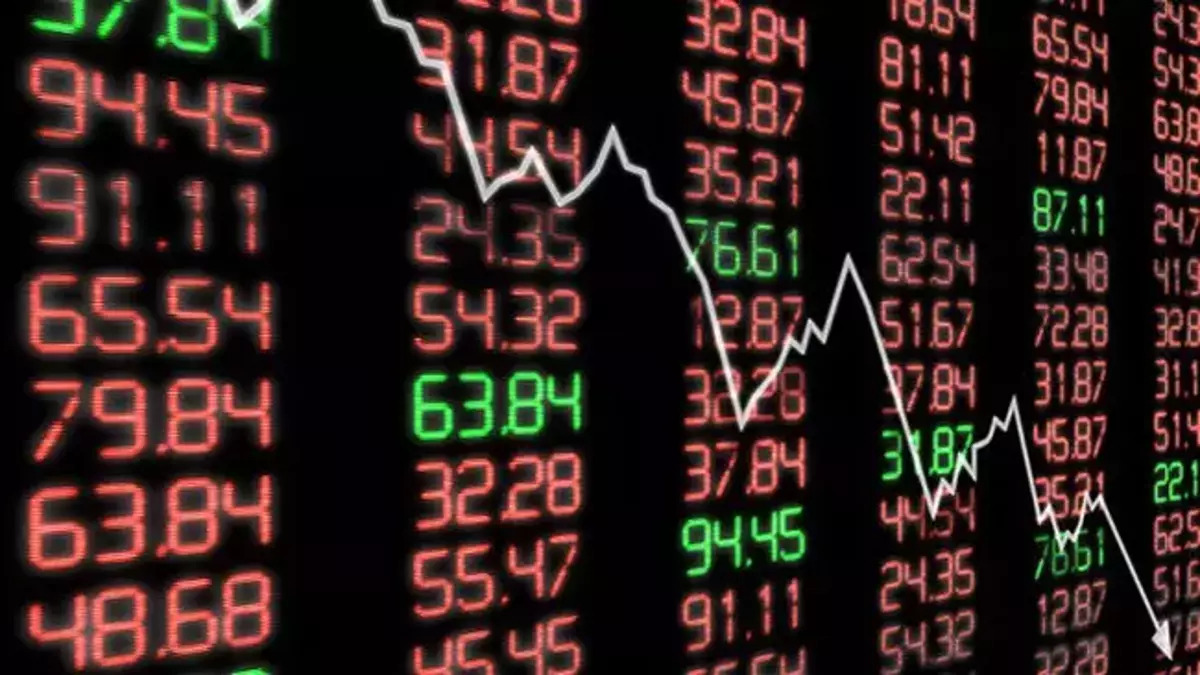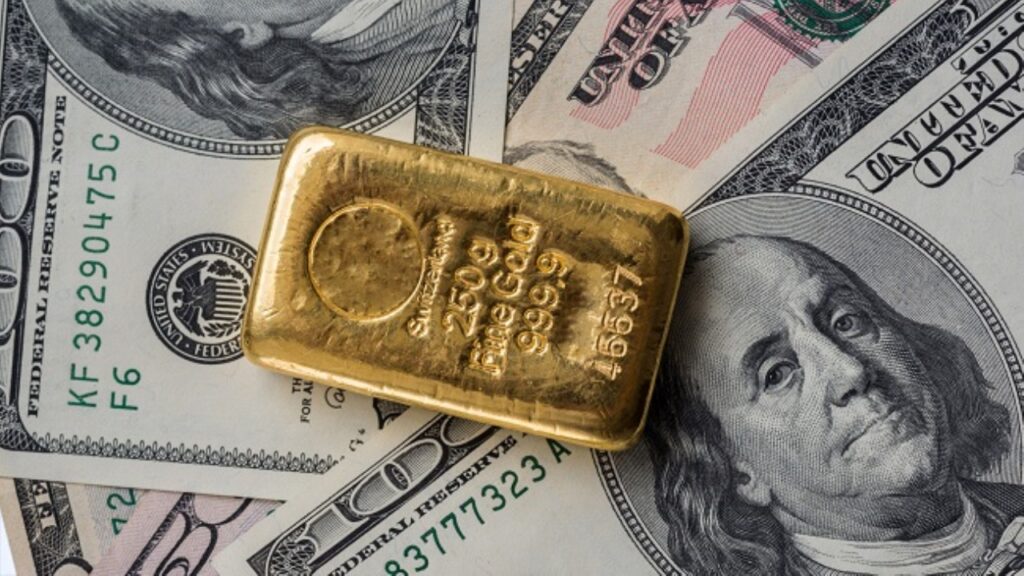Federal Reserve Chairman Jerome Powell admitted this week that the real mistake was not getting inflation under control. However, gold markets expect the Federal Reserve to err on the tightening side.
Analysts are generally neutral on gold
Recession fears and the hawkish Federal Reserve have triggered bouts of volatility this year. So much so that the S&P 500 has been going through the worst half of the year since 1970. Bitcoin saw its biggest quarterly drop in over a decade. However, gold has been holding steady, with the precious metal falling just 1% since the start of the year.
Analysts believe the yellow metal is doing an ‘amazing job’ of storing value. But many are neutral on the precious metals until more US data shows inflation peaking and growth slowing. The headline that kept many investors wary this week was Powell’s statement that the US central bank could take things too far. In this context, Powell pointed out that he could potentially take the risk of a recession for price stability.
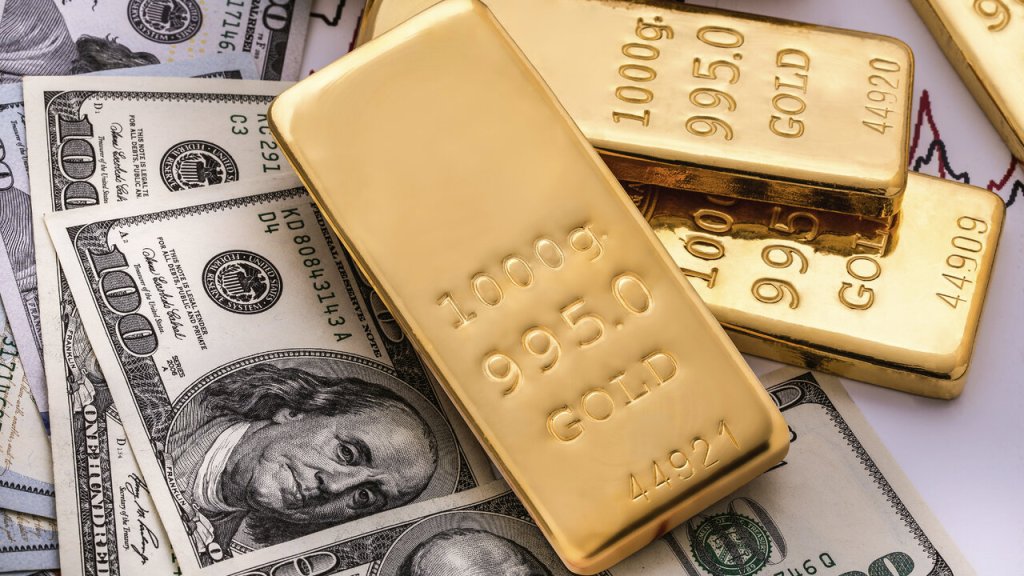
cryptocoin.com As you follow, Jerome Powell gave a speech at the policy panel at the ECB’s Central Banking Forum. In his speech, he said that the biggest mistake to be made would be not being able to restore price stability. “Is there a risk of going too far? Of course there is a risk. But that’s not the biggest risk to the economy,” he said.
Edward Moya: Outlook still flat for gold
OANDA senior market analyst Edward Moya gave a statement on the developments in the market. Moya says gold is making it harder to read as many investors rebalance their portfolios in the second half of the year in light of increased recession calls. The analyst makes the following assessment:
There are some calls from others that gold may be vulnerable to further selling pressure here. That is, if the dollar continues to be highly supported. It is difficult to assess the actual views of the market. We are seeing significant repositioning. But your outlook for gold is still horizontal.
“We are in a volatile period as there is no clarity yet”
In addition, Edward Moya notes that the focus will be on whether we see any signs of Fed members being more optimistic that inflation is starting to cool. Moya adds that there are signs that the slowdown is hitting the economy a little faster than anticipated. In this context, the analyst says:
We really need to see the data showing that the peak of inflation has occurred. We are in a volatile period as this question will not be answered by a single data point. We should see a few reports. And you need to hear from corporate America. However, that is not the case at the moment.
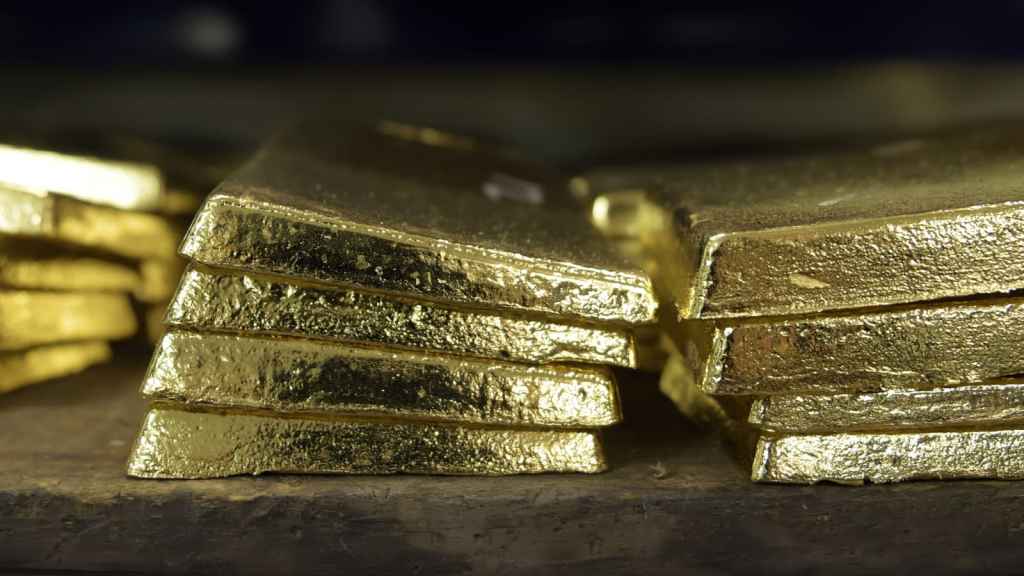
Sean Lusk: Trouble for gold, all rallies sold
Since touching $2,000 in March, gold has been stuck in a ‘sell the rallies’ type of trade, Walsh Trading co-director Sean Lusk said in a statement. Lusk explains his views as follows:
The problem for gold is that all rallies are sold out as the Fed is pretty hawkish. With the economic outlook so uncertain, there is no demand for the precious metal here. Also, there are different approaches to whether or not inflation has peaked.
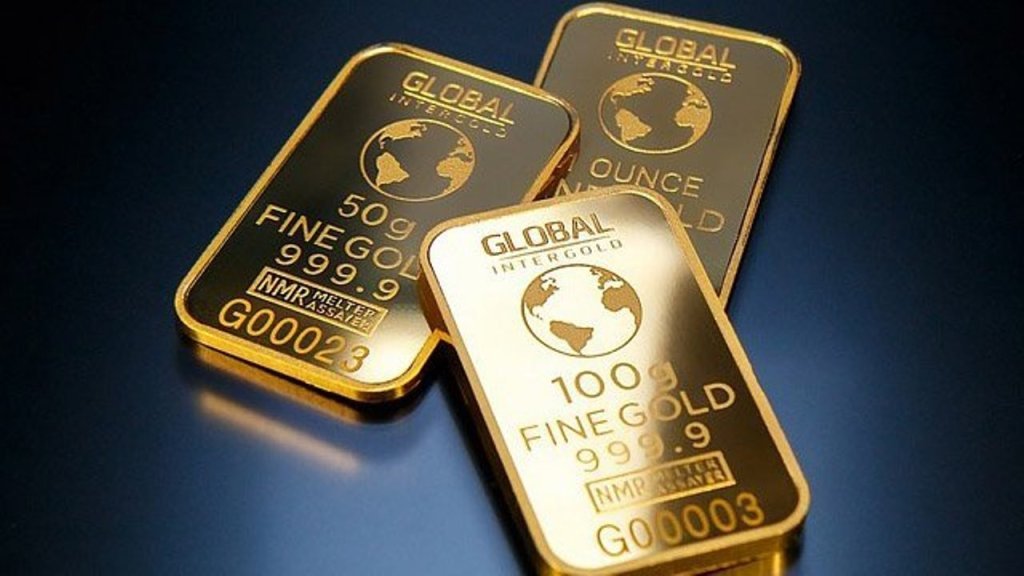
According to Walsh Trading director, gold price could follow this route
According to Sean Lusk, in this environment, gold won’t see a bounce for another few weeks. Therefore, Lusk expects a better seasonal time frame, during which more physical gold will be purchased. He points to the following for an upside move mid-to-end of July. He notes that physical demand increases in the second half of summer and towards Labor Day weekends. Lusk shares the following estimates for the level:
The $1,782 level is the lowest in May. If we break through that, the next target is $1,760 pre-Christmas low, followed by $1,730. It’s possible that that’s where we’re going until we see a splash.
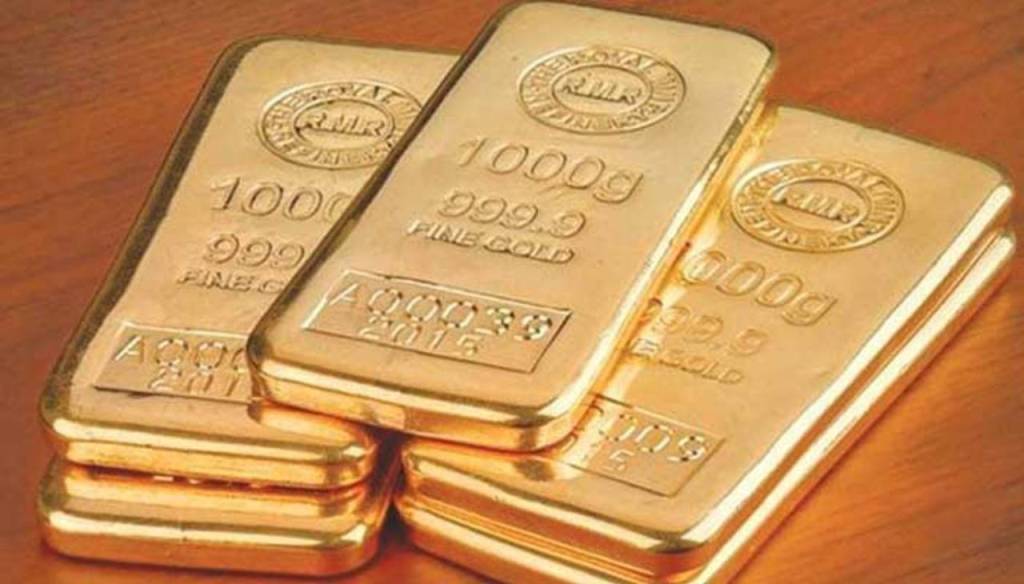
“There is major support at $1,785 for the yellow metal”
Edward Moya is watching the $1,785 level. It also refers to significant support around this range. Based on this, he says:
If it turns ugly for gold in the trade next week, it should have a major support at $1,785. It’s possible that this could be valid as the dollar’s top could happen.



